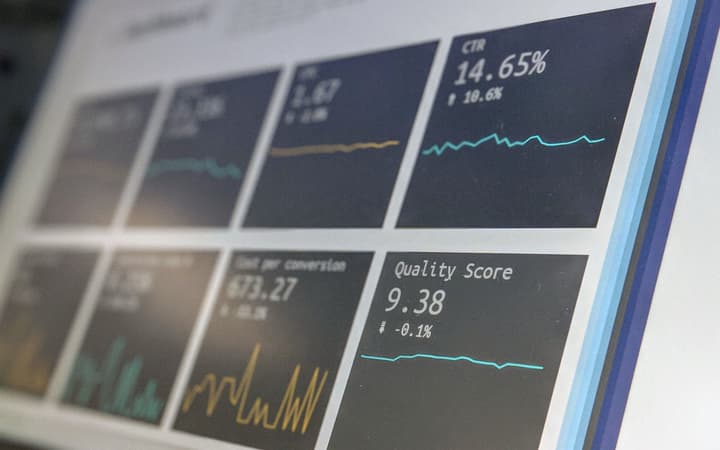How 5G and XR will transform healthcare
Terence Broderick

5G will have a considerable impact on our use of immersive technologies and the way we deliver healthcare — here’s a breakdown of the many benefits.
5G — why all the hype?
5G is the name given to the next generation of our telecoms network. Rather than referring to one specific technology, it describes a number of related technologies that work together to deliver dramatically increased data rates and — importantly — significantly lower latency.
This is what’s so important for enabling the implementation of extended reality (XR)-based solutions in an environment like healthcare, where time is very often at a premium. Essentially, latency is the amount of time a network takes to respond to a request. Implementing XR over legacy networks can often produce shaky results, diminishing the overall benefit of the technology and reducing the benefit of the immersive experience.
The latency values offered by 5G are substantially lower than current 4G networks — meaning that many more XR applications will be enabled.
Lower latency, longer lives
In time-critical situations, XR applications enable real-time information to be delivered to the treatment area to support diagnosis, surgery and treatment plans. This isn’t limited to text-based data — it can also include image data that, for example, describes scan results. The use of 5G networks can enable such data to be delivered more quickly and, if necessary, sent to remote locations straight from the cloud.
Medical devices will also be improved. The use of 5G means that storage, power consumption and processing requirements can be pushed into the cloud, enabling information to be delivered on-demand without the need for tethering to an external processing unit. The coupling of the medical device to the cloud means that the capabilities it can deliver will be substantially improved. XR applications are, computationally, very intensive — particularly if they’re to be delivered well. Moving the processing to a larger computing resource opens up a wider variety of capabilities and the low latency associated with 5G means that these can be delivered quickly and accurately.
XR can even be used in physiotherapy and rehabilitation. Augmented reality can map digital demonstrations onto the motions that individuals perform as part of their therapy. Being able to watch yourself in tandem with a physical demonstration can aid the refinement of movements. This application requires high levels of responsiveness which can only be delivered using the latency offered by the 5G network.
Telemedicine and training
Healthcare can be difficult to deliver efficiently around the world’s population. Even in relatively well-served countries like the UK, people frequently moan about long waits to see the doctor. 5G will drastically improve the availability of telemedicine, which isn’t limited to consultations over long distances. We’ll eventually see more advanced applications, such as the use of augmented reality to complete surgical procedures over long distances. This means that expertise can be shared and access to surgery improved.
One of the other key areas of benefit will be the training of medical professionals. This is currently time consuming and expensive, but augmented reality can be used to visualise anatomical learning, train medics in techniques such as checking for vital signs and aid retention by creating highly-immersive educational environments to improve the grasp of difficult concepts. Without 5G, these applications are almost impossible to implement with the required effect. The relatively high latency of 4G, for instance, doesn’t make for a ‘smooth’ augmented reality experience — which, as you can imagine, would make for a difficult game of Operation, let alone actual medical training.
Calling all healthcare innovators
If you’re innovating in healthcare to take advantage of 5G, you should consider filing patent applications to protect your results. Feel free to get in contact with us to find out more.






